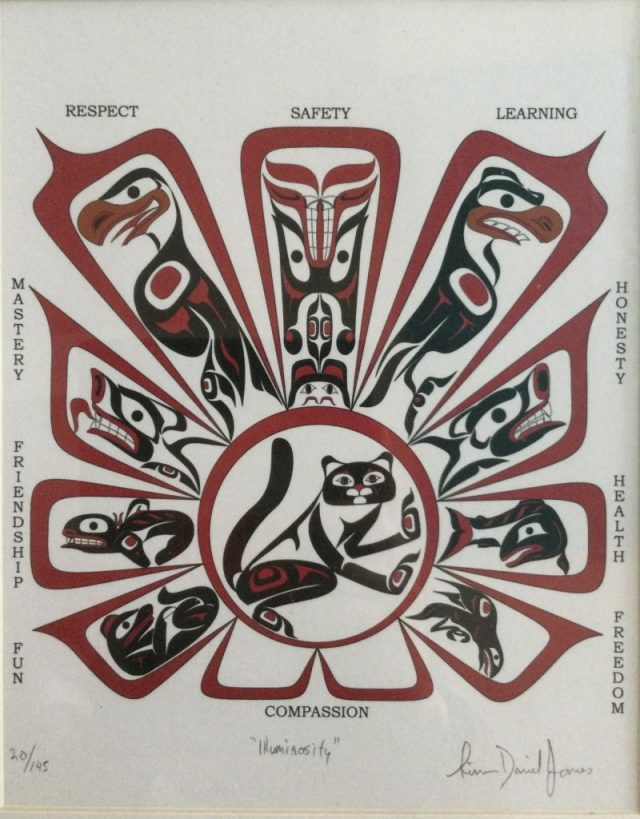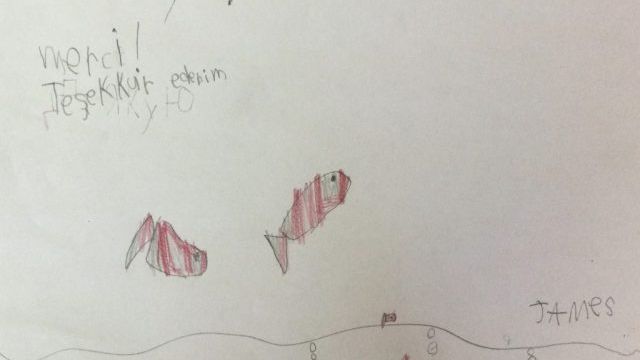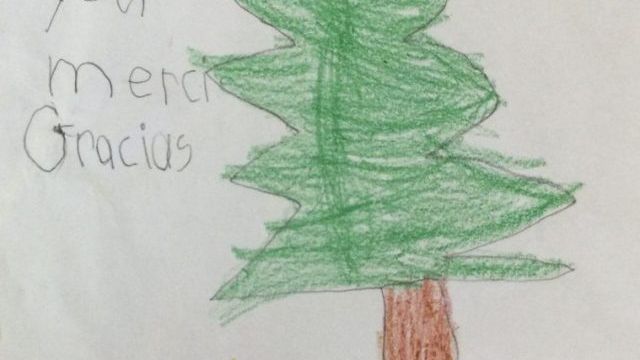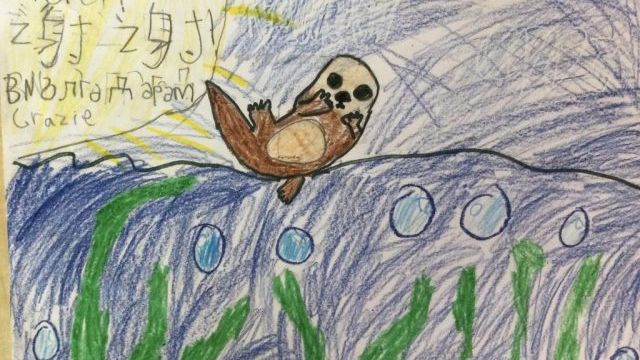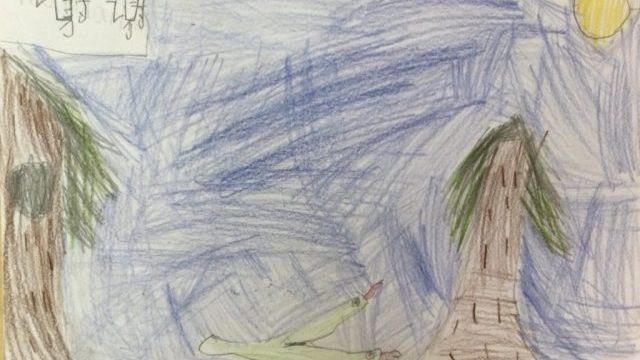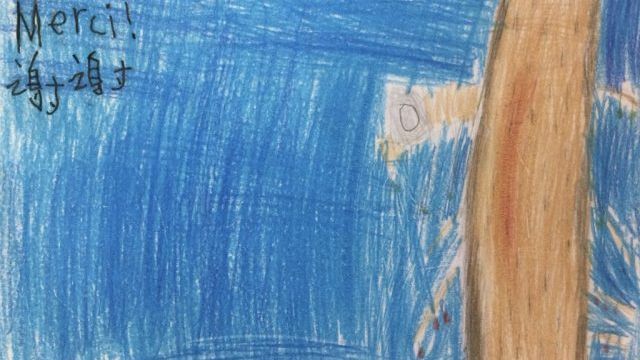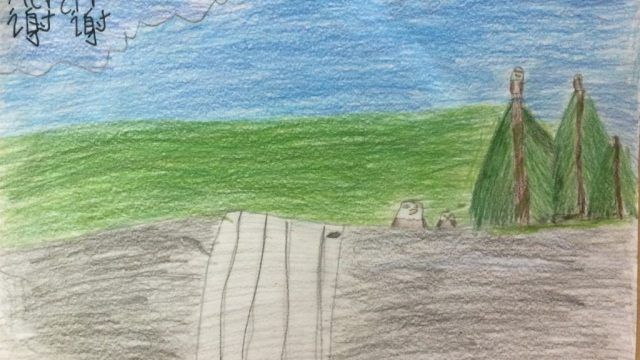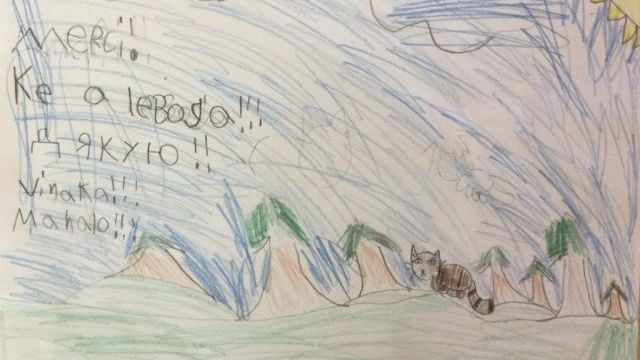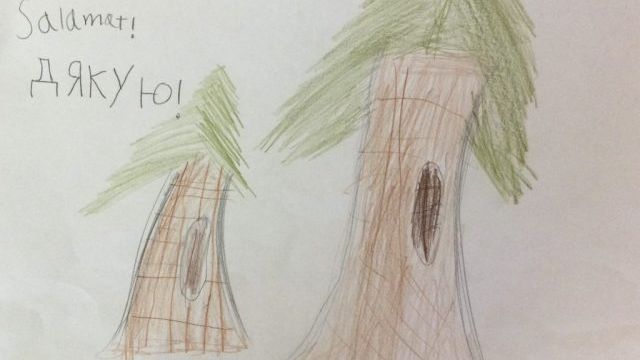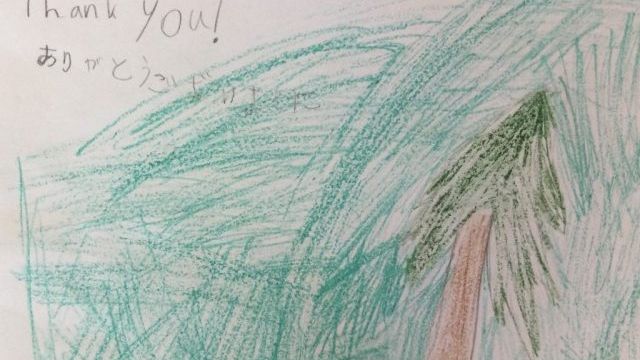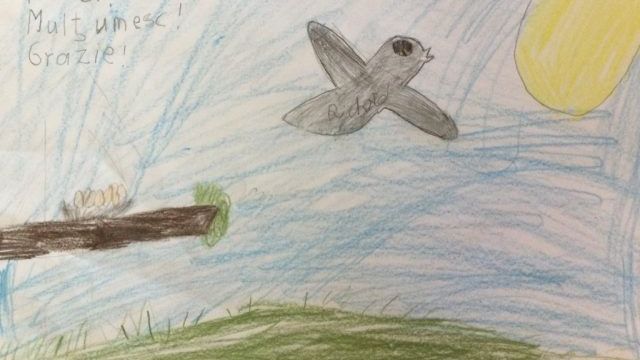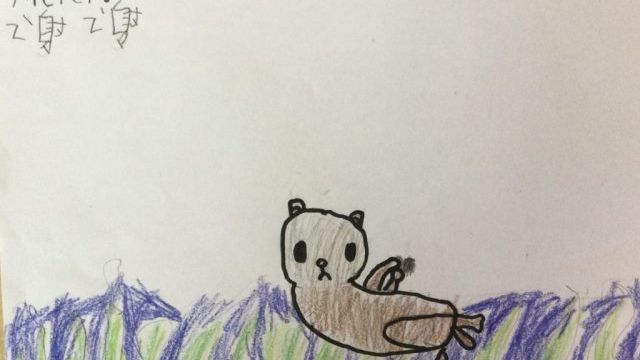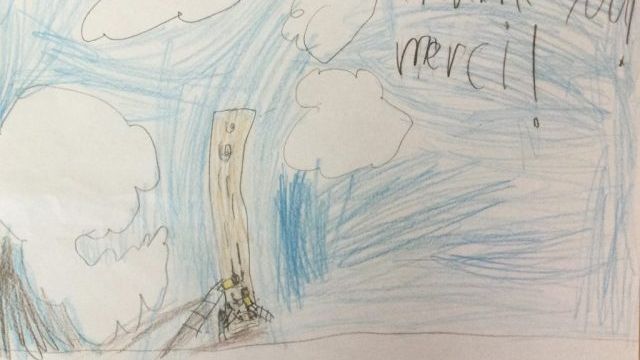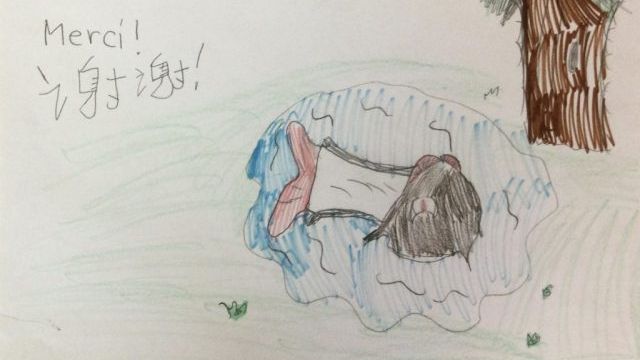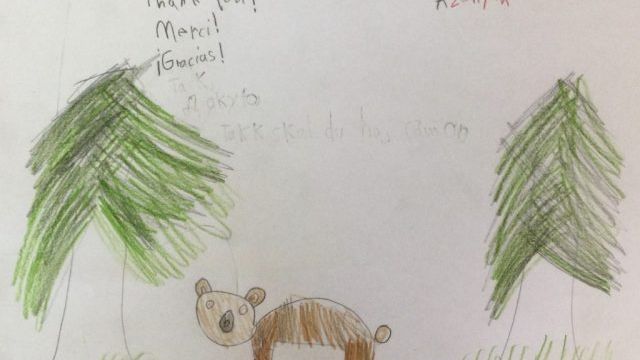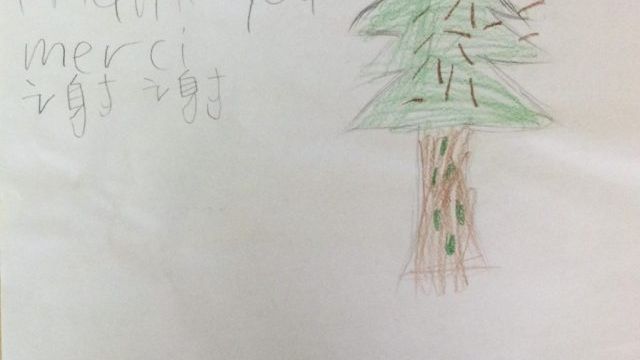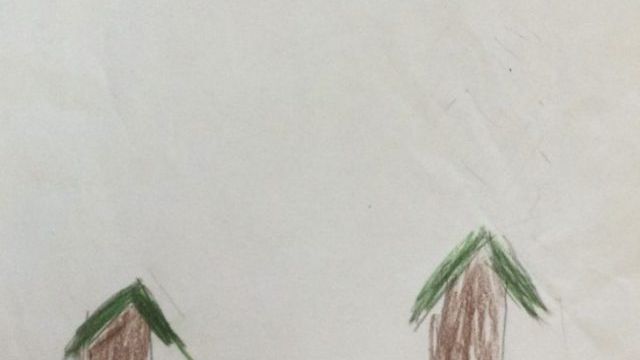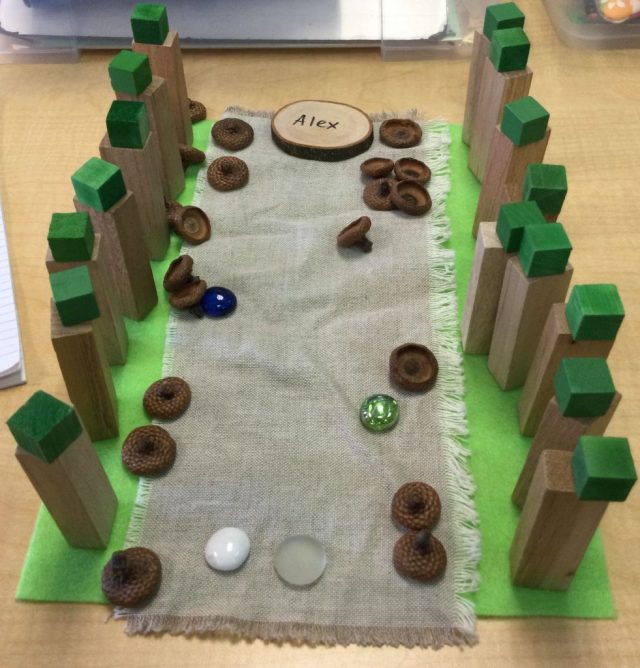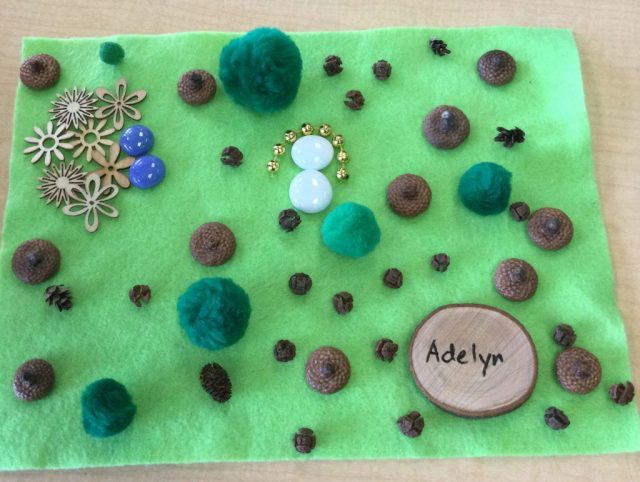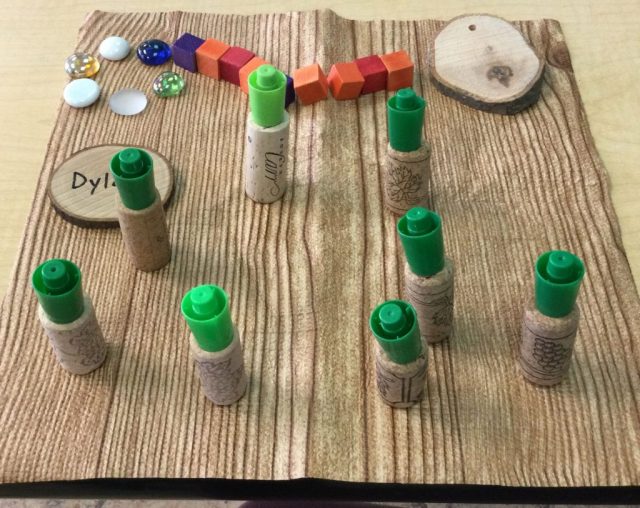 Kwakwaka’wakw artist Simon James returned to École Westridge this month to touch up his tableau at our front entrance. Students learned about the carving’s history and significance.
Kwakwaka’wakw artist Simon James returned to École Westridge this month to touch up his tableau at our front entrance. Students learned about the carving’s history and significance.
They learned that it was carved from ancient cedar over 1000 years old! They also learned of the 10 animals on artwork and what they each represent. Each animal represents a school value.
Mr. James also spoke of the importance of knowing one’s culture and celebrating it. Students were encouraged to think of their own culture(s). Where do their elders come from?
As a thank you gesture, Division 10 students drew pictures of an animal or plant discussed during his artist talk. One student drew a detail shared about Mr. James education as a carver in his Indigenous community. Finally, when expressing gratitude, could they say ‘thank you’ in their elders’ language(s)?
We recognized that we all share English and French culture via the languages we’re learning every day. However, our classroom is wonderfully diverse with roots spanning not only across the country, but the world.

